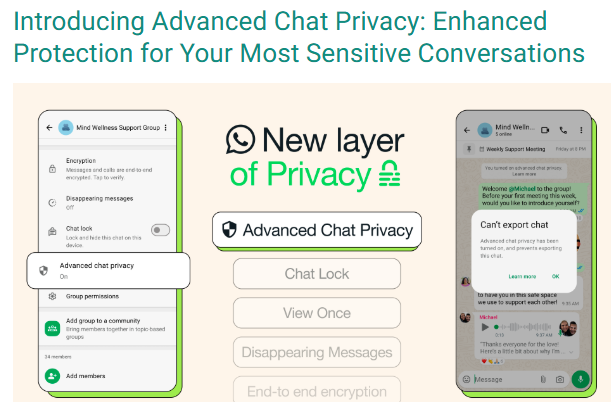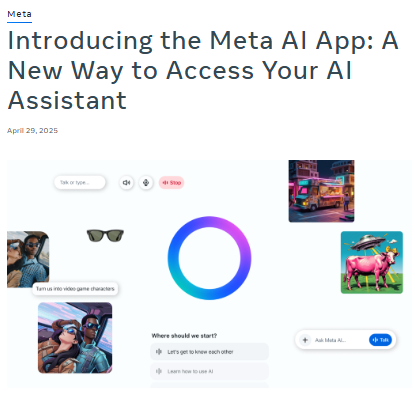Youtube Watcher - The Bot HAVOC
One of the best forums for many video producers is YouTube. It also has a great chance of generating huge profits. YouTube content producers need assistance to get the most views, likes, comments, and subscribers for their videos and channels. As a result, some people could use YouTube bots to unnaturally raise their ranks on the YouTube site, which might help them get more organic views and reach a larger audience. However, this strategy is typically seen as unfair and can violate the YouTube platform’s terms of service.
As YouTube grows in popularity, so does the usage of YouTube bots. These bots are software programs that may automate operations on the YouTube platform, such as watching, liking, or disliking videos, subscribing to or unsubscribing from channels, making comments, and adding videos to playlists, among others. There have been YouTube bots around for a while. Many YouTubers widely use these computer codes to increase the number of views on their videos and accounts, which helps them rank higher in YouTube’s algorithm. Researchers discovered a new bot that takes private information from YouTube users’ accounts.
CRIL (Cyble Research and Intelligence Labs) has been monitoring new and active malware families CRIL has discovered a new YouTube bot virus capable of viewing, liking, and commenting on YouTube videos. Furthermore, it is capable of stealing sensitive information from browsers and acting as a bot that accepts orders from the Command and Control (C&C) server to carry out other harmful operations.
The Bot Insight
This YouTube bot has the same capabilities as all other YouTube bots, including the ability to view, like, and comment on videos. Additionally, it has the ability to steal private data from browsers and act as a bot that takes commands from a Command and Control (C&C) server for various malicious purposes. Researchers from Cyble discovered the inner workings of this information breach the Youtube bot uses the sample hash(SHA256) e9dac8b677a670e70919730ee65ab66cc27730378b9233d944ad7879c530d312.They discovered that it was created using the.NET compiler and is an executable file with a 32-bit size.
- The virus runs an AntiVM check as soon as it is executed to thwart researchers’ attempts to find and analyze malware in a virtual environment.
- It stops the execution if it finds that it is operating in a regulated setting. If not, it will carry out the tasks listed in the argument strings.
- Additionally, the virus creates a mutex, copies itself to the %appdata% folder as AvastSecurity.exe, and then uses cmd.exe to run.
- The new mutex makes a task scheduler entry and aids in ensuring
- The victim’s system’s installed Chromium browsers are used to harvest cookies, autofill information, and login information by the AvastSecurity.exe program.
- In order to view the chosen video, the virus runs the YouTube Playwright function, passing the previously indicated arguments along with the browser’s path and cookie data.
- YouTube bot uses the YouTube Playwright function to launch the browser environment with the specified parameters and automate actions like watching, liking, and commenting on YouTube videos. The feature is dependent on Microsoft. playwright’s kit.
- The malware establishes a connection to a C2 server and gets instructions to erase the entry for the scheduled task and end its own process, extract log files to the C2 server, download and run other files, and start/stop watching a YouTube movie.
- Additionally, it verifies that the victim’s PC has the required dependencies, including the Playwright package and the Chrome browser, installed. When it gets the command “view,” it will download and install these dependencies if they are missing.
Recommendations
The following is a list of some of the most critical cybersecurity best practices that serve as the first line of defense against intruders. We propose that our readers follow the advice provided below:
- Downloading pirated software from warez/torrent websites should be avoided. Such a virus is commonly found in “Hack Tools” available on websites such as YouTube, pirate sites, etc.
- When feasible, use strong passwords and impose multi-factor authentication.
- Enable automatic software updates on your laptop, smartphone, and other linked devices.
- Use a reputable antivirus and internet security software package on your linked devices, such as your computer, laptop, and smartphone.
- Avoid clicking on suspicious links and opening email attachments without verifying they are legitimate.Inform staff members on how to guard against dangers like phishing and unsafe URLs.
- Block URLs like Torrent/Warez that might be used to propagate malware.To prevent malware or TAs from stealing data, keep an eye on the beacon at the network level.
Conclusion
Using YouTube bots may be a seductive strategy for content producers looking to increase their ranks and expand their viewership on the site. However, the employment of bots is typically regarded as unfair and may violate YouTube’s terms of service. Utilizing YouTube bots carries additional risk because they might be identified, which could lead to account suspension or termination for the user. Mitigating this pressing issue through awareness drives and surveys to determine the bone of contention is best. NonProfits and civil society organizations can bridge the gap between the tech giant and the end user to facilitate better know-how about these unknown bots.


%20(1).webp)





